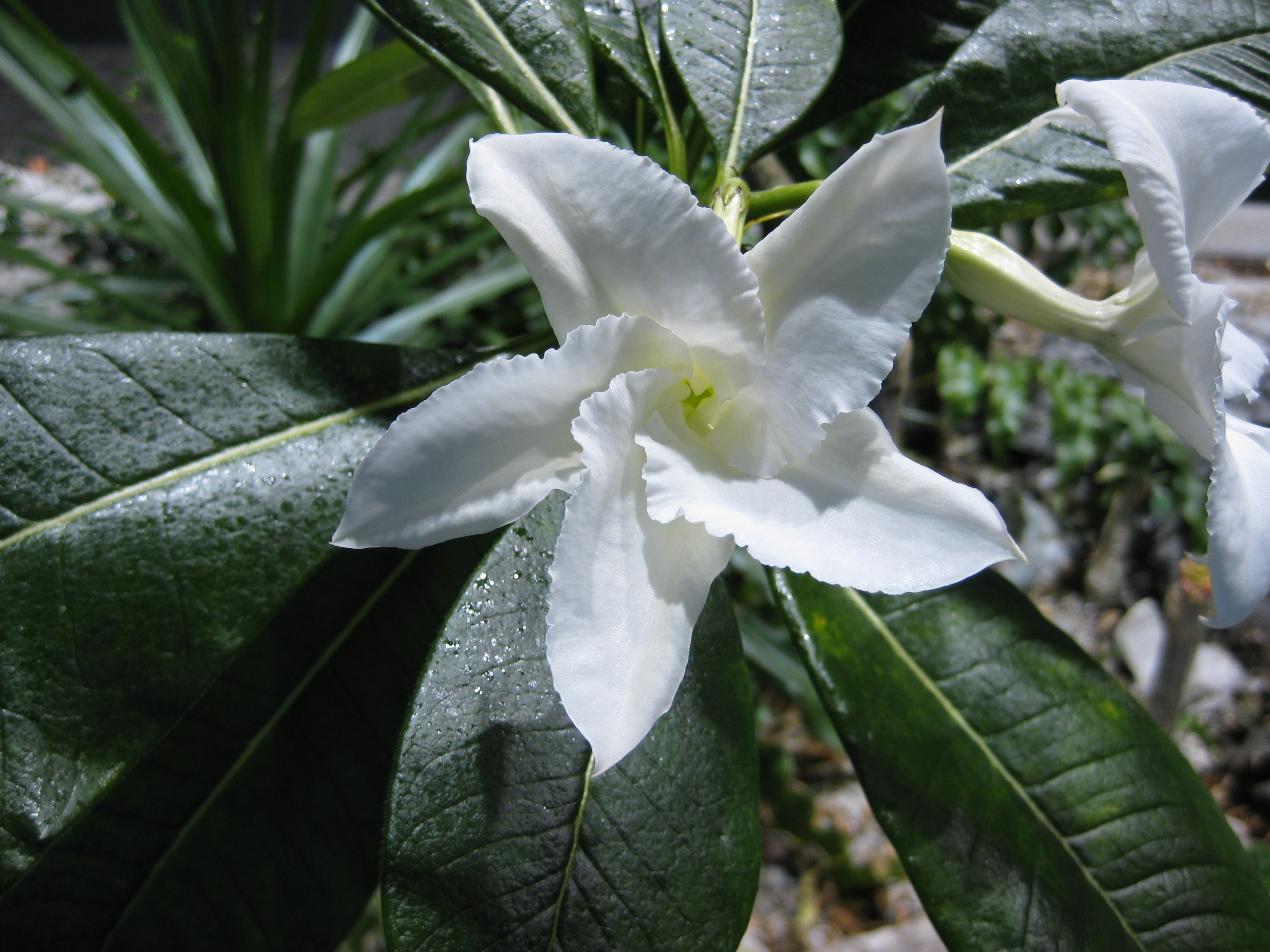This was going to be a nice little post about some stuff iTunes does that Google Play doesn't as well as further differences, but then something came up to do that. (short version you can download programs from the app store on PC and sync them to your phone, tab, ipod thus saving data).
It's a big cactus rant coming up so be warned. There are two stories doing the rounds at the moment both have succumbed to ill informed journalism of the highest order.
The first is a few months old now but I bookmarked it because I knew I'd have a use for it.
Somerset Pensioner pricks hand on Pachypodium spines and suffers quite a bit of discomfort.
Actually quite a lot to be honest reading the article again and if you know your succulents, which this is, you'll know that its a Pachypodium Lamerei also known as a Madagascar Palm. Its a member of the
Apocynaceae rather than the Palmaceae, definitely not a cactus of any shape or form. Oleander and Desert Rose are also part of that family which are also massively toxic too. My only consolation to the old lady involved is that if she ever wants it repotted again, is to take
a long strip of newspaper and wrap it round the plant as a collar, and grab both free ends, so you can manipulate it that way.
Predictably it didn't get reported anywhere quite as good as this in the national press. The Daily Mail where I read this first, adds a couple of bizarre things about it being a dangerous alien species and linking it to the Giant Hogweed allergy outbreak which it is neither. There is also a bit about giving it away which doesn't appear in the main story which is a shame as it has the most wonderful white flowers.
 |
| Pachypodium Lamerei Flower. |
I wasn't quite expecting the next story, but its also fits in with the general non fact checking and sloppy reporting when it comes to succulents and such.
The main story concerns the flowering of an Agave Americana at the
Italianate Greenhouse in Ramsgate, and really impressive it is too, with a good 2 meters or so poking out of the roof hatch.
For some reason its been labelled as rare, which it isn't, there's millions of them dotted about the Mediterranean, and the Canary Islands and its often seen on clifftops and at the side of the various Autopistas going to the resorts. Put it this way I always seem to get a picture of them either in flower or showing some imposing leaves in every holiday I've been on. Its uncommon to see them flower here but isn't unheard of and apart from the Edinburgh Botanic gardens, there are many documented cases of them flowering here in the UK.
Looking through back issues of the
Cactusworld journal I've come across several news articles about people flowering their Agaves, including a Victoria Reginae up in Grimsby and an Agave Salmiana flowering for the third time down in Devon (of course from different offsets). Its uncommon but not unheard of and in both cases the plants where around the 45 to 50 year old mark, nowhere near a century, which is about the age of the plant in Ramsgate.
The main press have reported this variously there is a quite frankly, marvelous piece in the
Daily Telegraph which gives you some facts about the park and Agaves as well.
The Mail expands on this but makes a few errors about it being rare and cold vulnerable, (its not just doesn't like the wet like all succulents) apart from that its redeemed by the comments which are genuinely interesting for once.
I'll add a few things which was cool that may happen to their specimen that I've seen in the wild. It may attract ants, as Agave Nectar is used as a poncey sugar substitute, I saw this in Menorca, with quite a column going up and down the main flower spike. It may offset from the flowers itself, I managed to bring home an offset that I knocked off myself from one such holiday, and finally it maybe used as a mooring stake for a small boat, which is what I saw in Corfu.






